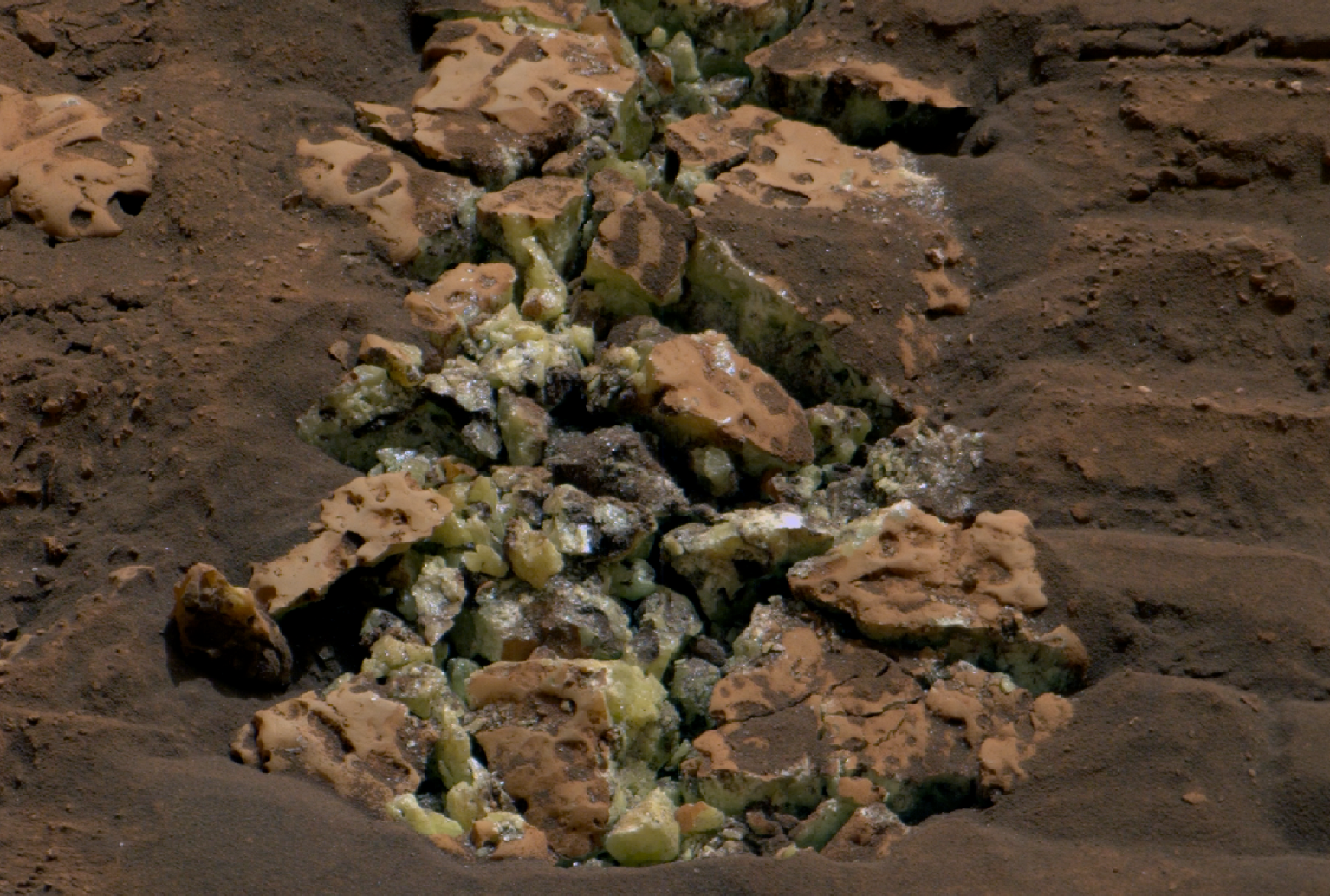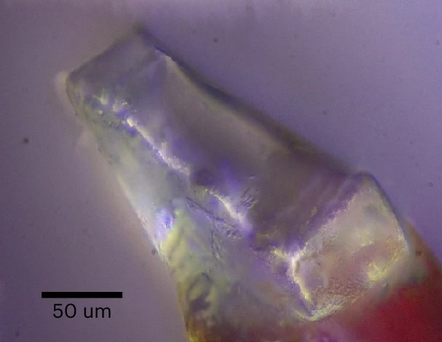Three different robotic explorers made headlines last week. Discoveries from Perseverance, Curiosity, and Chang’e 5 are revolutionizing our understanding of conditions on Mars and the Moon billions of years ago. From possible microbial signatures to readings of extraterrestrial water, here are the latest discoveries from space.
Possible Martian Biosignatures
There is no debate about whether life exists on Earth. There is no doubt about it. The question is: is there life on Earth that we did not put there?
While terrestrial microbes roam the moon from probes, a white-striped rock on Mars may contain traces of real Martians, now long dead. On Thursday, NASA announced that the Perseverance rover had discovered the rock in question in the Neretva Valley.
Today, the Neretva Valley is a barren riverbed of dust and rock. But three billion years ago, it poured water into a lake at the bottom of the dried-up crater known as Jezero Crater. That’s where Perseverance found the strange rock. Somewhat confusingly, the NASA team named the rock itself Cheyava Falls, after the tallest waterfall in the Grand Canyon.

Elevation map of Jezero Crater, believed to be an ancient lake. The Neretva River Valley flows into the crater from the left. Photo: NASA/Tim Goudge
The chemical composition of the rock suggests a climate perfect for ancient life. Traces of calcium sulfate run through the rock, suggesting it was once submerged by running water.
Organic compounds also dot the rock’s surface. These carbon-containing molecules were essential to the formation of life on Earth. Astronomers have identified them in the early stages of star formation and in comets, but we rarely see them on Mars. Their presence in this rock adds another building block of life to our picture of the ancient Neretva Valley.
Leopard Spots
And then there are the “leopard spots.” That’s what the Perseverance team calls these little white dots with black rings containing iron phosphate. The leopard spots may have formed from the reaction of hematite and organic compounds. On Earth, reactions like this fueled the emergence of microbial life. Could the same thing have happened on Mars?
We won’t know until we bring Perseverance’s Cheyava Falls sample back to Earth, where scientists can examine it in the lab for subterranean microbial fossils. But Perseverance’s sample’s return is far from certain. With budgetary problems, its fate rests in the hands of the U.S. Congress. The House of Representatives just passed a NASA budget bill that includes $650 million to bring Perseverance’s samples back to Earth, but the Senate is likely to counter with a less ambitious proposal. Knowledge of life on Mars may depend on Earth’s bureaucracy.

The surface of the rock that the Perseverance team has dubbed “Cheyava Falls.” Photo: NYT/NASA/JPL-Caltech/MSSS
Pure sulfur on Mars
As Perseverance carefully navigated the channel leading to an ancient lake, its counterpart Curiosity was nearly 2,500 miles away, in an ancient riverbed called Gediz Vallis. Unlike Neretva Vallis, Gediz’s geological record suggests a time when Mars’ water resources were dwindling. Salty compounds line the beds of thin, winding streams between sandy hills. Here, Curiosity swung over an inconspicuous rock that cracked open to reveal crystals of pure yellowish sulfur. When the Curiosity team looked around, they realized the rover was in a field filled with sulfur geodes.

Pure sulfur crystals from inside a Martian rock. Photo: NASA/JPL-Caltech/MSSS
Curiosity was looking for sulfates, salty minerals that contain sulfur and other elements. Sulfates form when water evaporates. But this wasn’t diluted sulfate from Mars’ increasingly scarce streams. This was pure, crystalline sulfur, and lots of it. On Earth, most naturally occurring pure sulfur comes from structures called salt domes, which don’t appear at all in this region of Mars. So how did it get there? We’ll have to wait for more clues as Curiosity traces the history of Mars’ last water.
Chang’e 5 brought lunar water to Earth for the first time
A month ago, we reported on the China National Aeronautics and Space Administration (CNSA)’s recovery of samples from the far side of the Moon and what they might reveal about the history of our solar system. While we wait for the results of the far-side samples to come in, the near-side samples from CNSA’s previous lunar probe, Chang’e 5, have a story to tell. A team has just announced that Chang’e 5’s near-side samples contain novograblenovite, a volcanic mineral that is 41 percent water by weight.

A strange lunar mineral appears to be novograblenovite. Photo: Jin et al., 2024
No lunar sample has ever contained water molecules. The Apollo 11 samples contained hydroxide (an oxygen atom bonded to a hydrogen ion), a byproduct of the fragmentation of water molecules. This, along with remote observations of water ice at the poles, confirmed that the Moon is not devoid of water as we had long thought. But we have never been able to examine lunar water in a laboratory on Earth.
The samples don’t just contain water. The minerals are rich in ammonium, which may have formed when surface lava reacted with water, hydrogen chloride, and ammonia gas. Taken together, these findings suggest a steaming magma ocean on the early moon, filled with water in various states.
A changing image
For decades, observations of nearby planetary bodies have painted a bleak picture of our part of the solar system. Not only did Earthlings seem alone in the present, but conditions on our moon and nearby planets even seemed contrary to past extraterrestrial life.
That picture is changing. It all started with the 1972 Mariner mission, which showed dried-up riverbeds on the surface of Mars. As our aeronautics and remote-sensing capabilities improve, we learn more about the time, more than three billion years ago, when Mars looked a lot like a young Earth.
The Moon, long thought to be completely dry, also tells us a story that gets more complicated the more we learn to listen to it. Water and ammonia vapor may have been there, interacting with an ocean of magma and leaving traces all over the Moon’s surface. With low oxygen and high volcanic activity, this image of the Moon takes us back even further into the first 500 million years of Earth’s history.
Earth may still be alone, but at least it wasn’t always special.